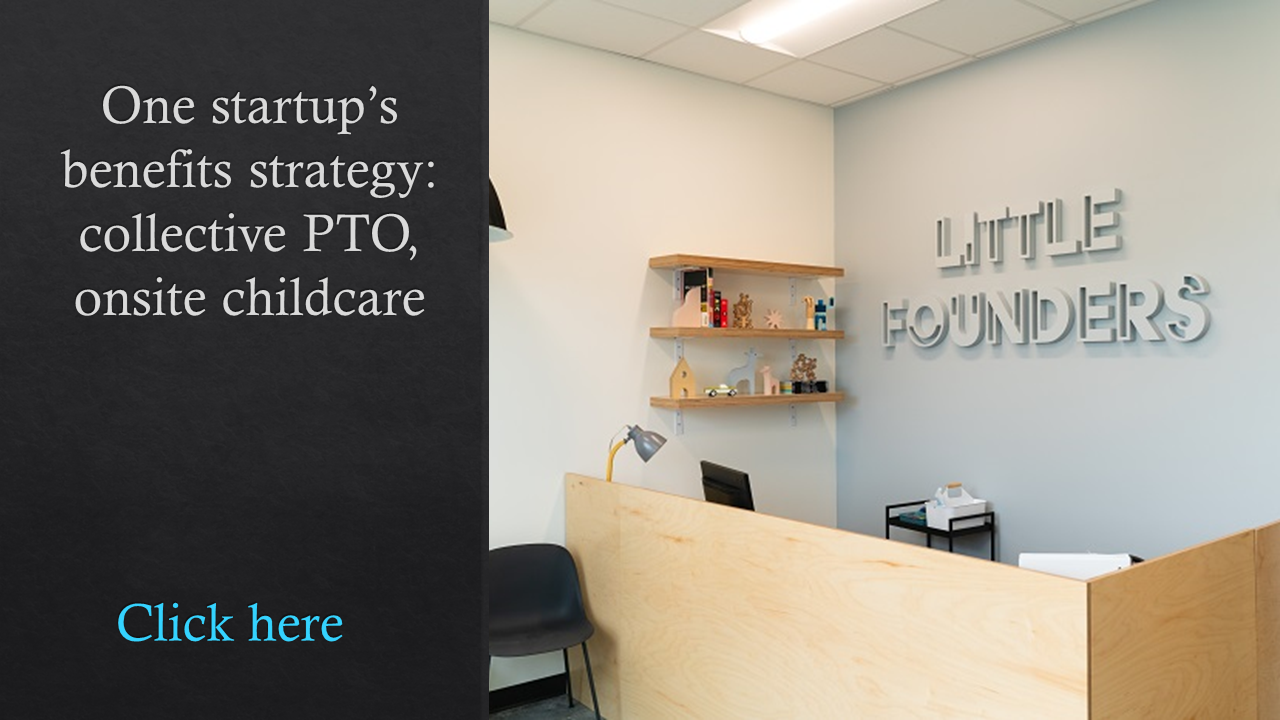Earlier this summer, I went on a much-needed family vacation. It was my first honest-to-goodness vacation in a long time–I’m not proud of that fact, but I also know I’m not alone.
Americans have less vacation time than people in many other countries and we are notoriously terrible about taking it: According to the U.S. Travel Association, before the onset of the pandemic, workers in the U.S. left up to a quarter of their paid time off on the table, and 55% of those surveyed said they did not use all of their allotted vacation days.
The trend has long been moving in the wrong direction: In 2000, Americans averaged approximately 20 days of vacation each year, a recent study in Harvard Business Review showed. By 2015, it had dropped to 16 days. In a 15-year period, Americans gave up nearly a week of vacation.
At the same time, it has become easier and easier to stay “plugged in,” even while physically away. Most managers will admit that they check in frequently with the office when on vacation.
 These statistics are worrisome on their own, and even more so in the wake of the upheaval of the last year.
These statistics are worrisome on their own, and even more so in the wake of the upheaval of the last year.
There’s no shortage of evidence showing that workers feel more burned out than ever and are experiencing deteriorating wellbeing. Many are leaving their jobs and, consequently, companies are struggling to find and retain talent. Uncertainty over the trajectory of the pandemic, whiplash over ever-changing guidelines and reversals of return-to-office plans only add to the stress.
Some companies are responding to the current climate by offering additional paid time off, but that only helps if people actually take it.
We know from research like that done by Accenture that, when people feel that their holistic needs are being met at work, they are more productive–and I think one of those needs is time away to rest and recharge.
There are some signs that things might be beginning to change: A recent article in the Wall Street Journal reported that “79% of professionals say they will use more vacation days in 2021, and 46% say they will take a longer vacation than in past years.”
Fostering an environment that supports taking time off is a key part of that, and there are concrete steps that we can take to accomplish it.
Lead by example
This is not the time for a “Do as I say, not as I do” approach from leadership. Those of us who are fortunate enough to have paid time off should take it. Our people need to see us leading by example.
Leaders are key to setting the tone for their organization, cultivating a culture that values separating from work and unplugging.
I applaud Okta CEO Todd McKinnon, who recently shared his own vacation plans with employees at an all-hands meeting and then asked them to email him their plans for time off. More than 1,000 did.
See also: Why HR pros owe themselves a mid-year rest and reset
This kind of transparency is key–I’m working on taking my own advice on this one.
(For any parents of young children reading this, I know that “it’s not a vacation, it’s a trip.” All I can say is that I hope your time off is memorable, if not restful!)
When you’re away, be away
Admittedly, I’ve never excelled at stepping away, but I’ve been around long enough to understand just how much things have shifted. At the start of my career, time out of the office was time off–there was no such thing as, “Let me just check my work email” or “I’m available on my cell.”
Big changes often happen through a series of small steps. Over time, the boundaries between our work lives and our home lives have essentially evaporated.
Let’s make a concerted effort to set limits around how much we will check in (if at all!) and then stick by them.
If possible, don’t make yourself available for routine matters. I think we would all agree that being indispensable isn’t necessarily a virtue: Instead, planning ahead and delegating effectively is part of strong leadership.
Consider closing the office
 Just taking days off isn’t enough– we need to give ourselves and our teams permission to “check out” from work. It’s a challenge, but some companies are making it easier.
Just taking days off isn’t enough– we need to give ourselves and our teams permission to “check out” from work. It’s a challenge, but some companies are making it easier.
We’ve all heard of “Summer Fridays,” but increasingly, firms across industries, including technology and retail, are shutting down their offices in the name of employee wellbeing for up to a week, many for the first time.
Closing the office for days or weeks during the summer or around the winter holidays shows that we are putting our money where our mouth is.
Build breaks into the normal course of business
There are ways we can help our employees take breaks on a daily basis. Options include “no-meeting zones” and limits around sending non-essential emails outside of working hours.
Respites aren’t just good for mental health; they’re essential to innovation: We are often at our most creative when we can take a step back and see the “whitespace.”
As for my own vacation, it was only after returning that I realized just how much I’d needed that time away. It was a reminder of what’s truly important. And I returned feeling more motivated than ever.



